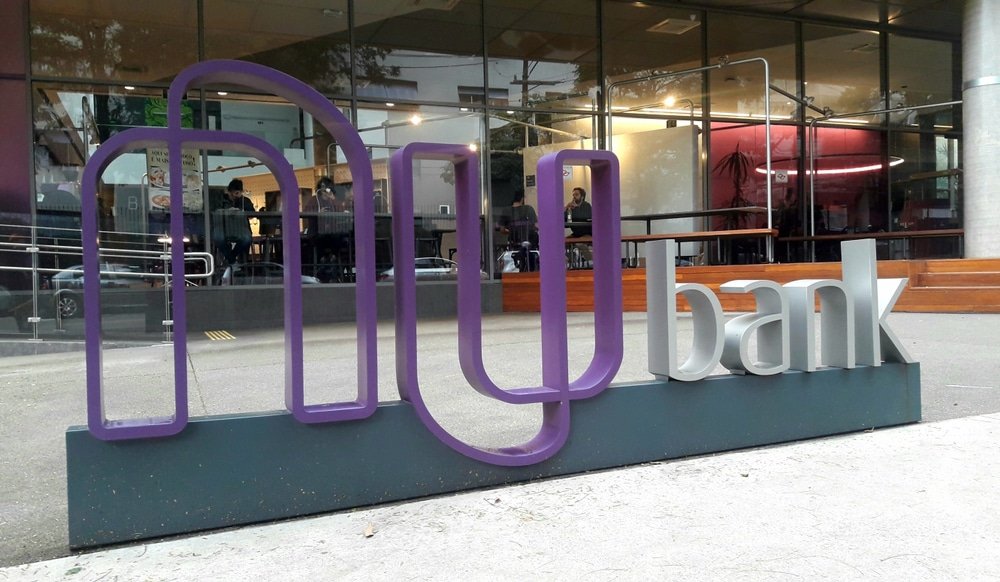In the first nine months of 2022, digital banks Nubank, Original, Mercado Pago, Pagbank and C6 Bank were responsible for creating 40% of new bank accounts. Despite their strong representation, these institutions still have low penetration in the credit market.
In a report released at the end of October, based on data released by the Central Bank, the analysis team at UBS BB highlighted that the level of customers with credit in these banks is 25%, but that there is a large discrepancy between them.
While Nubank (NU) has a credit penetration of 51%, C6 Bank has 33% and the others have a much smaller share, not exceeding 10%. In the five largest banks (Caixa, Bradesco, Itaú, Banco do Brasil and Santander), the percentage was 55% in the last quarter.

“Brazilian newcomers have been very successful in adding customers to their platforms, although most of them are still in the early stages of the credit business and need to gain relevance (their share in terms of customers with loans is much smaller than their share of in the customer market),” wrote the team led by analyst Thiago Batista.
The team also highlights that the penetration of customers with credit (over total customers) is around 46% for the main private banks and 20% for Caixa, “probably impacted by customers who only receive social programs.”
UBS BB also draws attention to the fact that Bradesco (BBDC4) and Santander Brasil (SANB11) showed a contraction in the number of individuals with credit. “It is worth noting that both had asset quality issues in the first half.”
NUMBER OF CUSTOMERS
In the third quarter, these five digital banks accounted for 21% of total customers in the country. The five largest Brazilian banks had 480 million bank accounts at the end of September – or 53% of the total –, but had only 14% of the new accounts created in the year.
In Brazil, the total number of accounts reached 910 million, an increase of 111 million in the first nine months of 2022. For comparison, there were 2.6 bank accounts per CPF in 2019, a number that rose to around 4.5 in the third quarter of this year.
The number of borrowers, in turn, reached 336 million. It is worth noting that individuals can have more than one loan or bank account at different institutions.
UBS BB reinforces, however, that despite a strong increase in the number of accounts in Brazil in recent years, the share of customers with credit fell from 50% in 2019 to 37% in September 2022.
With information from Bloomberg Línea

